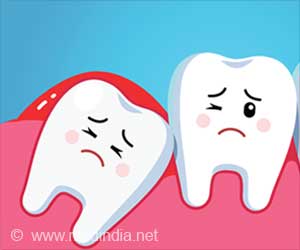It is well-known that osteonecrosis of the jaw (ONJ) is a debilitating bone condition that affects the jaws and occurs as a result of reduced local blood supply

In a JDR article titled "Risk Factors for Osteonecrosis of the Jaws: a Case-control Study," authors A. Barasch, J. Cunha-Cruz, F.A. Curro, P. Hujoel, A.H. Sung, D. Vena and A.E. Voinea-Griffin conducted a case-control study with three DPBRNs to determine the risk associated with bisphosphonates and identify other risk factors for ONJ, including dental diseases and procedures. Researchers enrolled 191 ONJ cases and 573 controls from 119 dental practices. Bisphosphonate use was strongly associated with ONJ with an odds ratio of 299.5 for intravenous use and 12.2 for oral use.
In a second JDR article titled "ONJ in Two Dental Practice-Based Research Network Regions," authors J.L. Fellows, D.B. Rindal, A. Barasch, C.M. Gullion, W. Rush, D.J. Pihlstrom and J. Richman conducted a Dental Practice-based Research Network (DPBRN) study that estimated ONJ incidence and odds ratios from bisphosphonate exposure and other risk factors using patients' electronic records. The researchers identified 572,606 health plan members and of those patients, approximately 25,000 had a diagnosis or procedure code that suggested a necrotic bone lesion, including inflammatory jaw condition, cyst of bone, aseptic necrosis of the bone and open wound of the jaw. Of those members' electronic medical records, 73 suspected ONJ cases were identified, of which 16 were later confirmed by manual chart review. An additional seven cases were indentified through oral surgeons or the Peer Review Committee for a total of 23 confirmed ONJ cases. Patients with oral bisphosphonates were 15.5 times more likely to have ONJ than non-exposed patients. However, the number of ONJ cases limits firm conclusions and suggests absolute risks for ONJ from oral bisphosphonates is low.
"ONJ represents a challenging clinical dilemma affecting dental and cancer patients, and communities at many levels of dentistry, notably oral/maxillofacial surgery and oral oncology are called upon to manage these cases," stated JDR Editor-in-Chief William Giannobile. "The work underscores important clinical implications that will be of value to not only the IADR and AADR communities, but especially practicing clinicians.
A perspective article titled "Making a Case for Defining Osteonecrosis of the Jaw" was written by C. Van Posznak, breast cancer oncologist expert on the topic. In it, she summarizes the key implications of ONJ and the relevance in the field of the two JDR research reports. The research that was conducted may have an important impact to the developing of better definitions for ONJ.
Advertisement












